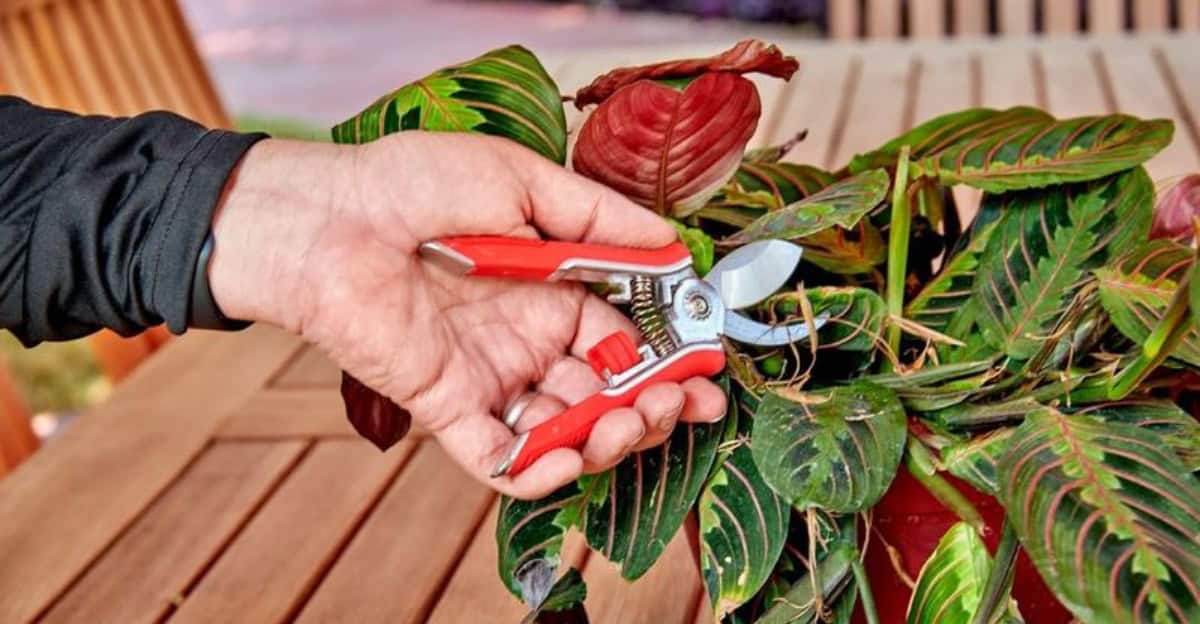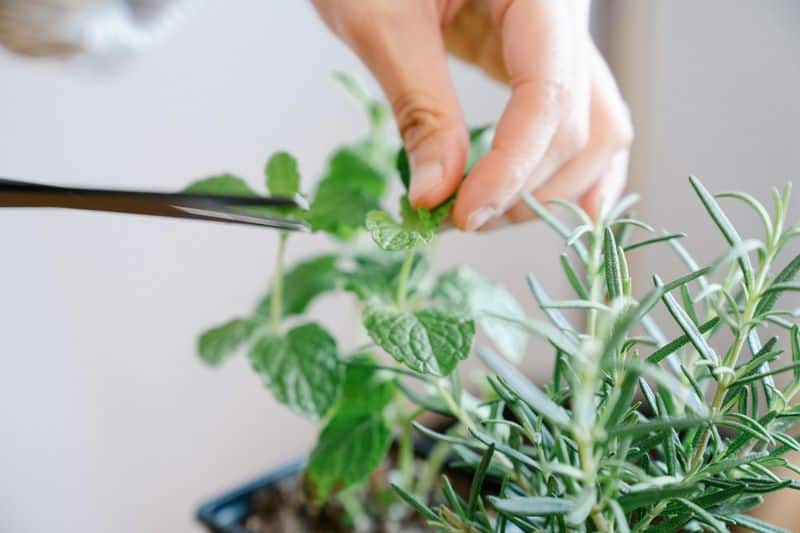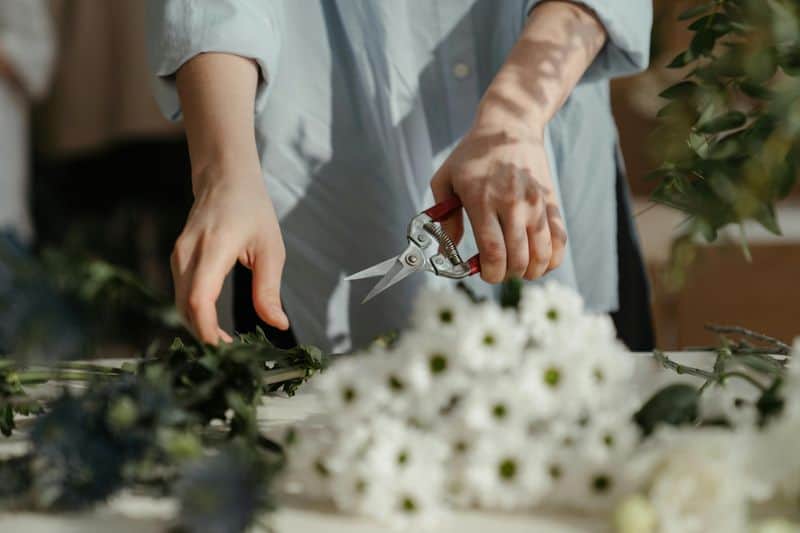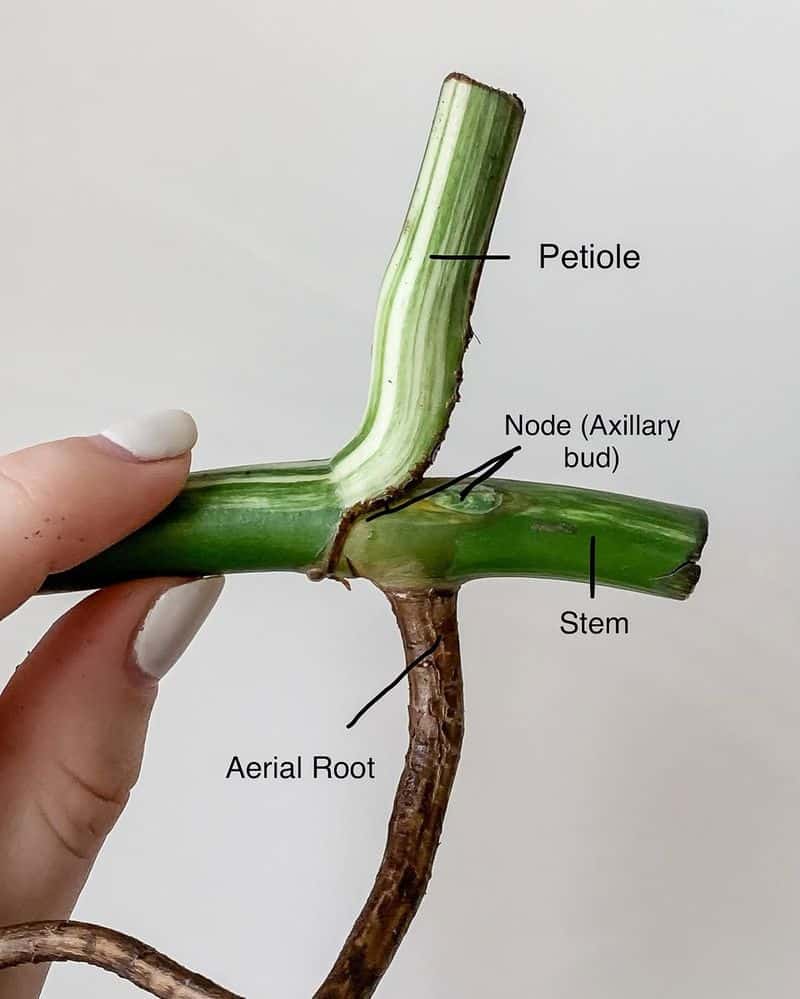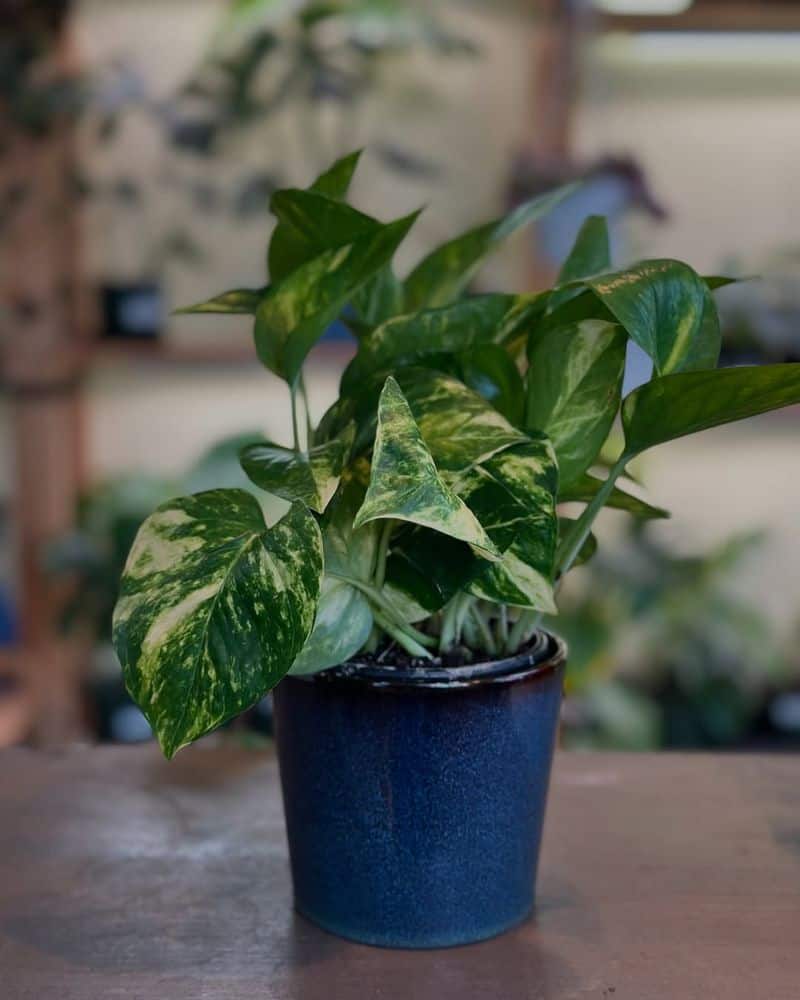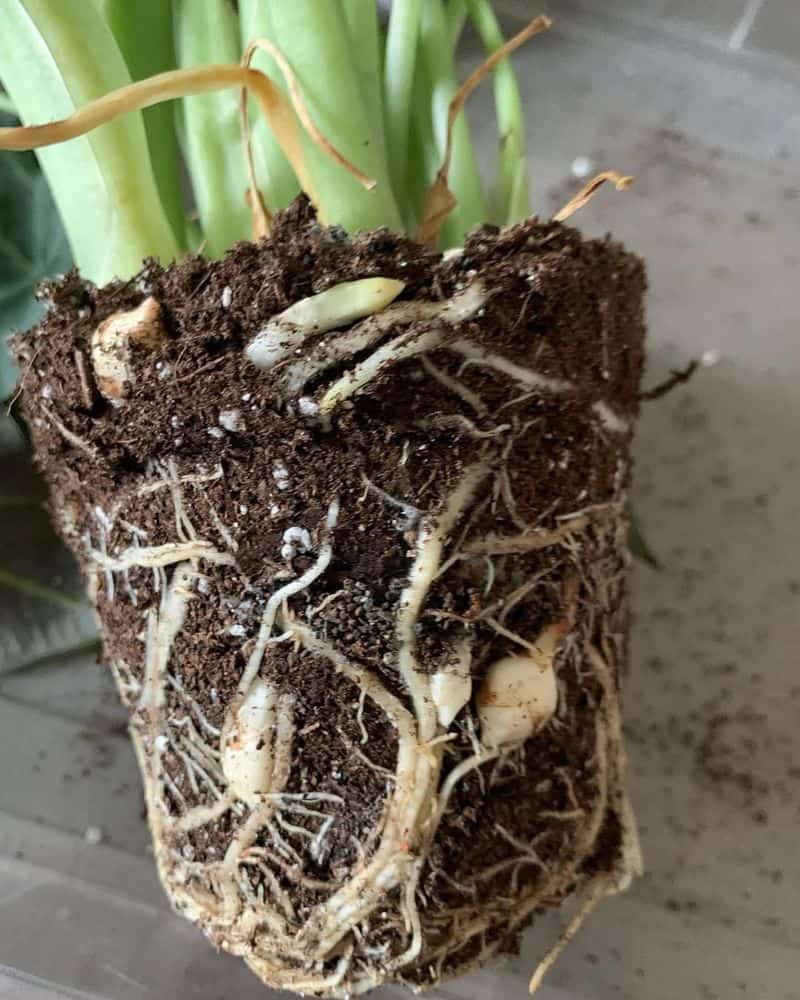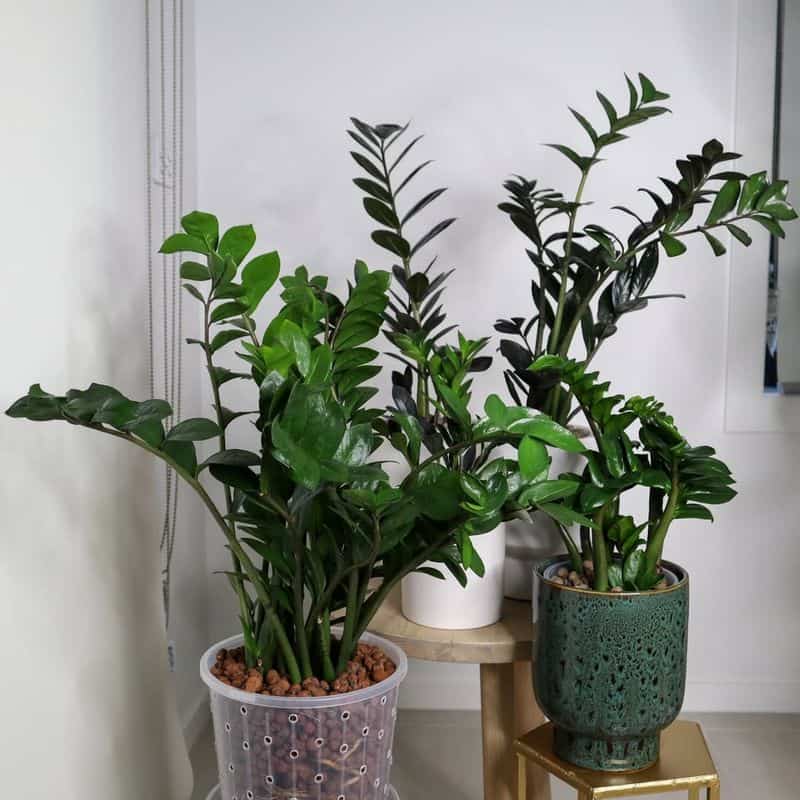Pruning your houseplants doesn’t have to feel like starring in a botanic horror movie.
With these 10 helpful and humorous tips, you can transform your indoor jungle into a tidy paradise without any scary surprises.
Get ready for some lighthearted advice that will keep your green friends happy and photogenic!
1. Tip 1: Know Your Plant
Understanding the unique needs of each houseplant is vital. Start by identifying your plant species and researching its pruning preferences.
Some plants like a trim, while others prefer to let it all hang out.
Take time to observe your plant’s growth patterns and adjust your approach accordingly. Pruning without knowledge can lead to a botanic horror movie starring you!
Remember, knowledge is power, and in this case, it prevents plant disaster. So, don your detective hat and become a plant whisperer. Your green friends will thank you for it!
2. Tip 2: Use the Right Tools
Just as you wouldn’t cut steak with a butter knife, don’t prune your plants with the wrong tools. Invest in quality shears and scissors for precise cuts.
Sharp tools prevent ragged edges that can harm your plant. Cleanliness is next to plantliness, so keep those tools sanitized to avoid spreading diseases.
Handling your plants with care and the right equipment not only ensures their health but also makes you feel like a professional gardener. Equip yourself well, and your plants will look picture-perfect.
3. Tip 3: Prune with Purpose
Approach pruning with a plan. Random clipping can lead to uneven growth and a botanic mess. Focus on dead or yellowing leaves first.
Next, look for branches that cross or crowd each other. Prune strategically to encourage airflow and light penetration. Your plants will thrive, and your space will look organized.
Pruning with purpose turns chaos into calm, and your houseplants will embody that peaceful vibe. It’s like feng shui for your flora!
4. Tip 4: Timing is Everything
Timing is a crucial element of successful pruning. Most plants have a dormant period, often in winter, when pruning is less stressful.
Research your specific plant’s growing cycle to determine the best time for a trim. Pruning during active growth might be too shocking.
By being aware of your plant’s rhythm, you ensure that pruning becomes a rejuvenating experience. The right timing can mean the difference between thriving and barely surviving.
5. Tip 5: Don’t Overdo It
Pruning is not a haircut—less is often more. Over-pruning can lead to stress and stunt your plant’s growth.
Remove only a small percentage of the plant at one time. This allows it to recover and continue growing.
Keeping a light touch ensures that your plant remains healthy and vibrant. Remember, it’s about enhancing beauty, not giving your plant a buzz cut. Moderation is key to a successful pruning experience.
6. Tip 6: Mind the Nodes
Nodes are the growth points on your plants where new branches or leaves emerge. When pruning, cut just above a node to encourage healthy growth.
Ignoring nodes can result in unsightly stubs that detract from your plant’s appearance.
By paying attention to these vital areas, you ensure that your plant remains both beautiful and healthy. It’s like giving a fresh start to your green companion, promoting lush and vigorous growth.
7. Tip 7: Listen to Your Plant
Plants communicate through their appearance. Droopy leaves or discoloration can indicate a need for pruning.
By observing these signals, you can address issues before they escalate into a horror show. Patience and attention are your best tools.
Your plants’ well-being hinges on your ability to “listen” to them. Maintaining this silent dialogue ensures harmony between you and your indoor garden.
8. Tip 8: Protect the Roots
Roots are the lifeline of your plant. Pruning should never disturb the root system, or you’ll risk turning your plant into a sorry sight.
Focus on the above-ground parts, and avoid unnecessary repotting during pruning sessions.
By safeguarding the roots, you ensure that your plant continues to nourish itself. A stable foundation leads to flourishing foliage and avoids any botanic tragedies.
9. Tip 9: Keep It Balanced
Balance is key in pruning. Uneven cuts can lead to lopsided growth, making your plant look wild and unruly.
Trim evenly on all sides, aiming for a symmetrical shape that pleases the eye.
By maintaining this equilibrium, you ensure that your plant not only stays healthy but also looks aesthetically pleasing. It’s about creating a masterpiece, not a monster!
10. Tip 10: Celebrate Success
Once pruning is complete, take a moment to admire your work. A well-pruned plant is a testament to your care and skill.
Celebrate these small victories with your favorite beverage or a quiet moment of reflection.
Your plants will reward you with lush growth and beauty, and you’ll have avoided the dreaded botanic horror movie ending. Cheers to your green thumb and happy houseplants!

